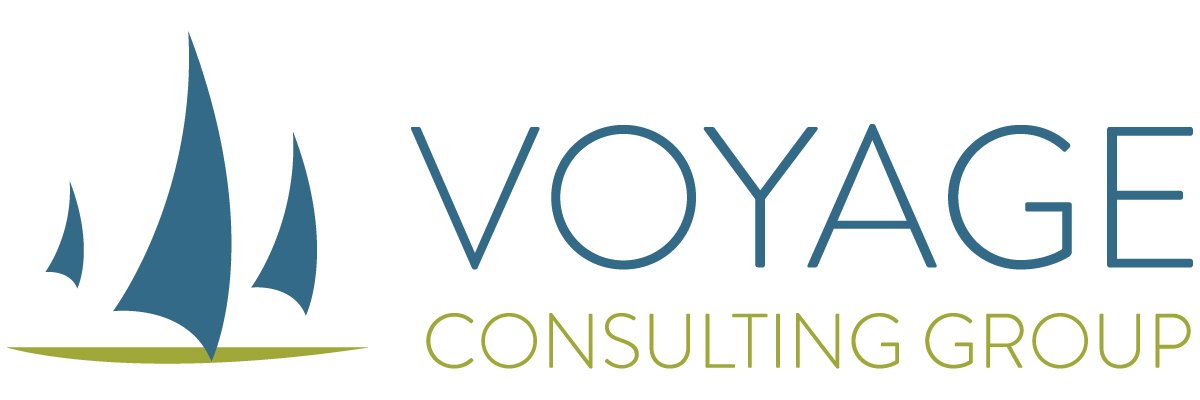The AI Era: How It’s Shaping Company Culture (for better or worse)
Companies are at an AI inflection point. Leaders everywhere are trying to balance efficiency and empathy, automation and authenticity. AI is changing workflows, communication practices, and even how decisions get made. Beneath it all is the way AI is shaping company culture for better and worse.
Today’s Culture Matters was a meaningful delve into AI’s influence on company culture.
AI can strengthen culture when AI…
◼️Reveals real-time insights into how teams collaborate, connect, and recognize each other.
◼️Identifies hidden skills, star performers, and unsung cultural contributors.
◼️Lifts job satisfaction by removing repetitive tasks.
◼️Reduces inequality by helping newer or lower-skilled employees ramp up faster.
◼️Amplifies best practices from high performers across the organization.
◼️Boosts morale.
AI can weaken culture when…
◼️Fear of job loss replaces mission clarity. It’s hard to be a team player when you worry AI may take your job.
◼️Leaders avoid transparency or fail to invest in training.
◼️Innovation moves faster than trust, leading to too many trials, inefficient rollouts, and lower-quality output.
There is hope! MIT found that 75% of organizations that increased efficiency with AI also saw higher morale, collaboration, and collective learning. (source)
Culture needs to be at the center of company AI usage because AI isn’t just a technology shift. It’s a trust shift, a work shift, and a connection shift. As I wrote in The Basics of Gen AI, “AI isn’t just an IT issue—it’s a business strategy issue. Leaders must understand it, experience it, and capitalize on it to drive innovation and performance.”
Key Takeaways from today’s gathering…
⭐ Will AI cause us to settle for mediocrity?
Work done with AI needs discernment and, often, empathy. If AI does the routine work, and there’s no one to evaluate it or add the human nuances, will we settle for mediocrity over time? We need to set standards and be disciplined about keeping them.
⭐ Who is deciding the standard of excellence?
We must be intentional about who defines the standards when training AI tools and evaluating AI output. Are the tech bro billionaires making all of the decisions for everyone everywhere? So far, that seems to be the case, and obviously, more attention is needed to that issue.
⭐ Different work calls for different expectations.
Using AI for a painting is not the same as using it to trim a video or draft a customer communication. We need to be clear about project expectations and what quality means in each context.
⭐ Culture determines whether AI becomes an enhancer or an eroder.
Trust, transparency, and clarity matter now more than ever. How does your company generally handle change? If it’s track record for change management hasn’t been great, it’s not going to be great now without attention.
🔍 New Tool: Culture Readiness Reflection
Many companies would benefit from pausing long enough to evaluate their cultural readiness for AI. I created a short reflection tool for today’s participants to help leaders discern where they’re strong, where they’re vulnerable, and what to address before going deeper.
🔗If you’d like the Culture Readiness Reflection created for today’s topic, grab it here.
🙏 Mindful Moment: Gratitude
Thanks to Nancy Spangler for leading the Mindful Moment on gratitude to kick off our topic and weekend. Thank you to everyone who joined today. Your insights, questions, and honesty continue to make this community meaningful.
Here’s to smooth sailing as we go deeper with AI,
Kelly
_________________
Join us! You’re welcome to join Culture Matters to explore how to evolve and nourish your company culture. Connect, learn, and elevate your company and career to new heights.
_________________
Culture Matters is sponsored by The Leadership Collaborative of Kansas City
_________________
#CultureMatters #Leadership #CompanyCulture #AIandCulture #HumanCenteredLeadership #NoDinosaurs 🦖

